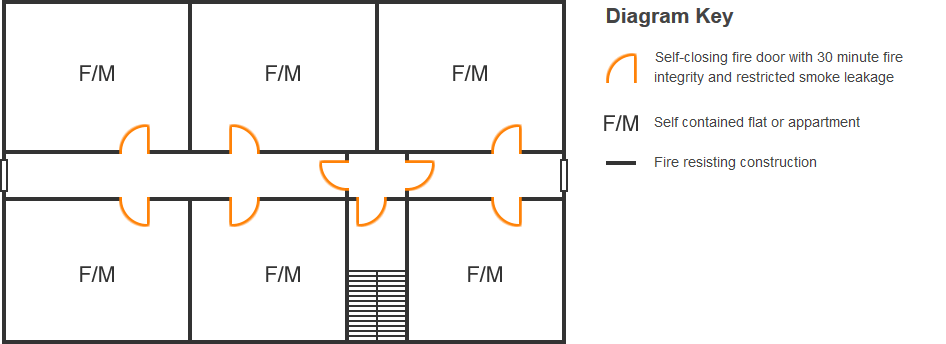The regulations apply to thermal performance and other areas such as safety air supply means of escape and ventilation.
Building regulations fire doors uk.
There are different regulations for fire doors that are being added to an existing building and the fire doors being built into a new building so it is best to address these separately.
The building regulations provide guidance.
The reason for fitting fire doors is.
In order to help new buildings meet the minimum uk standard building regulations known as approved documents were put.
All you have to do now is read some of those approved documents from the uk government s website to ensure you don t make any oversights and keep the people in your.
You shouldn t struggle when it comes to making sure your domestic or non domestic building conforms to the rules.
Approved documents for new buildings.
There are a number of regulations which apply to both new and existing buildings across the uk.
Now you know more about fire door regulations in the uk.
Fire doors are specially engineered doors designed to contain fire for a period of time.
Fire doors work as part of a layered fire protection system within a building.
You need to change any existing doors in the loft to fire doors and new doors added need to be fire rated.
An external window or door is a controlled fitting under the building regulations and as a result of this classification these regulations set out certain standards to be met when such a window or door is replaced.
Building regulations for fire safety in residential homes including new and existing dwellings flats residential accommodation schools colleges and offices.
Fact card 4 fire doors and the building regulations giving you the facts about fire doors and the building regulations fire doors are required in almost every building built in the uk according to the requirements of the relevant national fire safety regulations.
The main categories of fire doors are fd30 and fd60 fire doors which offer 30 and 60 minutes fire protection.
Every fire door is therefore required to act as a barrier to the passage of smoke and or fire to varying degrees depending upon its location in a building and the fire hazards associated with that building.
In the case of new buildings or those which include alterations extensions or change of use the appropriate building regulations apply.

